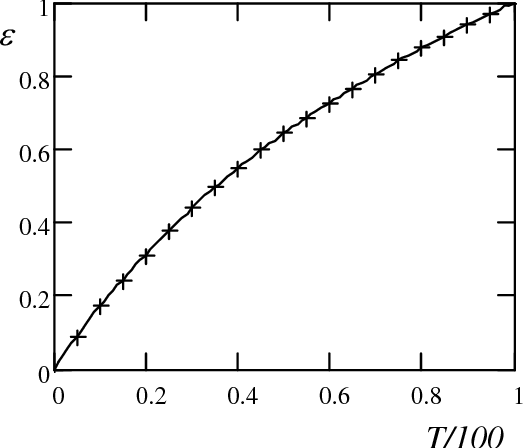
As expected, solute transport is strongly affected by physical nonequilibrium induced by the preferential flow within the macropore. In this work, the influence of flow rate and viscosity of the carrying liquid on nonreactive solute transport is investigated under saturated conditions in a macroporous synthetic medium. However, the complexity of flow pathways and the diversity of possible processes is challenging. Breakthrough experiments and effective models are often combined to study the physicochemical processes involved in solute transport. Nonequilibrium processes, like those induced by the presence of macropores, can strongly influence the breakthrough of solute in soils. I can safely conclude that the viscosity of the glycerine used in the experiment is 1.8560775Pa within the limits of experimental error.Solute transport in soils is known to differ from solute transport in homogeneous porous media. The expected relationship between the velocity and the radius squared was obtained from the graph. Though errors occurred, this is unavoidable and they were detected and reduced to as bare a minimum as possible. The results obtained were within the limits of experimental error. Within the limits of experimental error, these are the same and so I can safely assume that the velocity between the two rubber bands is equal to the terminal velocity. Using the formula above, if indeed, the velocity I calculated is equal to the terminal velocity I would obtain the same value for η in both cases.Ĭalculating gives me η=1.78012 pa for the first set and 1.8593 for the second set. I then chose two random corresponding vales of v t and r 2. This can easily be proved with Stokes law. HOW DID I DETERMINE THAT THE VELOCITY BETWEEN THE TWO RUBBER BANDS WAS EQUAL TO THE TERMINAL VELOCITY? Where ρ is the density of the sphere, which is equal to 7930 kg/m 3Īnd σ is the density of glycerine, which is equal to 1260 kg/m 3 The gradient of this straight-line graph will be 2(( ρ-σ) g) / 9η. Therefore, I will plot a graph of the terminal velocity against the radius squared (r 2 ). Sir George Gabriel Stokes also gave the formula for finding terminal velocity.
VISCOSITY OF GLYCEROL FREE
The ball bearing continues accelerating downwards until:Īt this point, the ball has attained a terminal velocity and is in a state of free fall. The resultant force acting on the ball bearing is given by: Hence, the time taken is less for a bigger ball bearing than for a smaller one. The weight downward also increases and the graph implies that this does so on a greater scale than the velocity and the radius. This is because the velocity increases as well as the radius. This is an internal property of the fluid that offers resistance to the movement of particles through it.read more.įrom this formula, we can see that the viscous drag on the bigger ball is bigger than the viscous drag on the smaller ball.

The time taken to travel between two marks on the beaker was recorded.

VISCOSITY OF GLYCEROL SERIES
ProcedureĪ series of different sized ball bearings were dropped into a measuring beaker containing glycerine. EXPERIMENT TO DETERMINE THE VISCOSITY OF GLYCERINE.


 0 kommentar(er)
0 kommentar(er)
